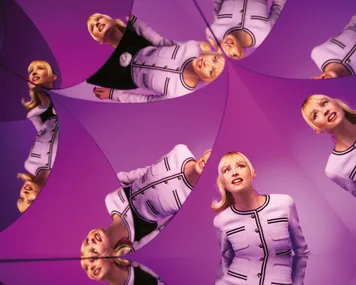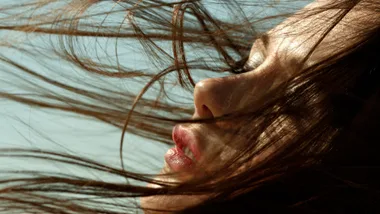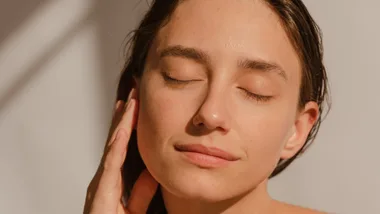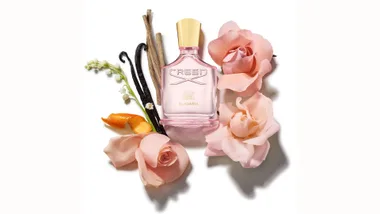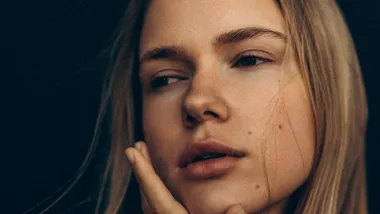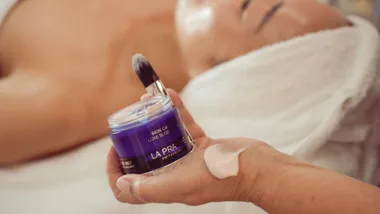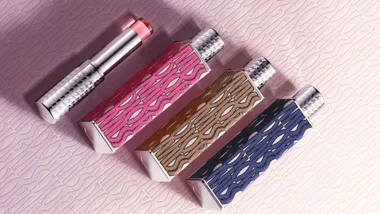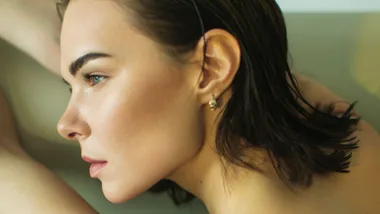Curls are so often misunderstood — by both our straight-haired friends and sometimes, even by ourselves.
Anyone with curly hair knows that no two days are the same — one minute, it sits just right, whereas on other days, it just does whatever the hell it likes. Frizz up, go wiry, poof out, deflate…
Some of us learn about our curly hair from a young age, with knowledge passed down from our parents or culture. Whereas others can reach adulthood with limited understanding on how to care for their curls. If you fall into the latter category, we’re here to help.
Learning more about your hair, curl type and unique needs will make it less unpredictable and more manageable. Here, four key things to understand about your curls:
1. There are three curl types
When it comes to texture, there are four types of hair: type one (straight), type two (wavy), type three (curly) and type four (coily). For the purpose of this article, we can forget about type one (seeya!) and focus on the remaining three hair types, which are the textured ones.
Identifying your curl is the first step to working with your hair, not against it. Your curl pattern is determined by two things: the shape of the follicle that grows out of your scalp and the shape that the stands of hair make.
Here are the main characteristics of each curl type:
Type two is wavy to curly and takes on an S shape or winds around a spiral shape.
Type three is very curly and comes in the form of loose curls or tight, springy, corkscrew curls.
Type four is coily and can take the shape of tight corkscrews or a zig-zag pattern.
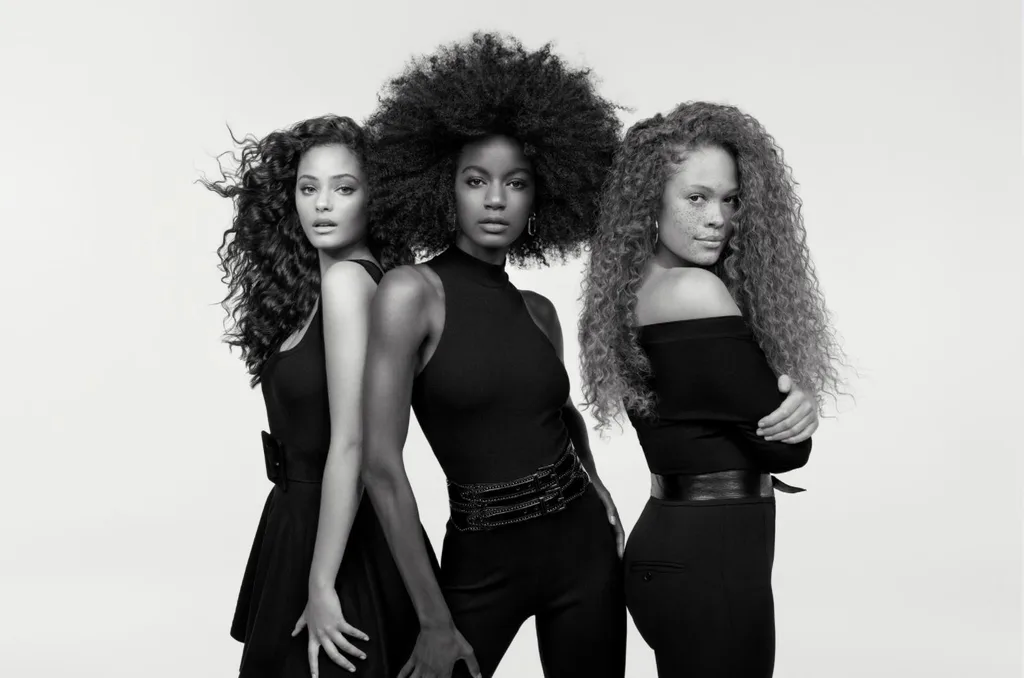
2. Each curl type has different needs
Bendy type two waves act very differently to type three corkscrew curls — and it’s for this reason that your haircare routine needs to be adjusted to your curl type.
Kérastase’s new Curl Manifesto collection is a modular system that can be tailored to your hair’s unique needs. The range is infused with nourishing ingredients to strengthen curls, including ceramides (to improve strength and suppleness), Manuka honey (to add shine) and glycerin (to boost hydration).
Each curl type is prescribed a four-step cleanse, treat, style, revive routine:
Type two: Needs nourishing products that won’t weigh hair down.
Bain Hydratation Douceur (cleanse), Fondant Hydratation Essentielle (treat), Crème De Jour Fondamentale (style), Refresh Absolu (revive).
Type three: Needs hydration and hair-strengthening products.
Bain Hydratation Douceur (cleanse), Masque Beurre Haute Nutrition (treat), Crème De Jour Fondamentale (style), Refresh Absolu (revive).
Type four: Needs maximum hydration and intense moisturising treatments.
Bain Hydratation Douceur (cleanse), Masque Beurre Haute Nutrition (treat), Crème De Jour Fondamentale & Elixir Ultime Hair Oil (style), Refresh Absolu (revive).
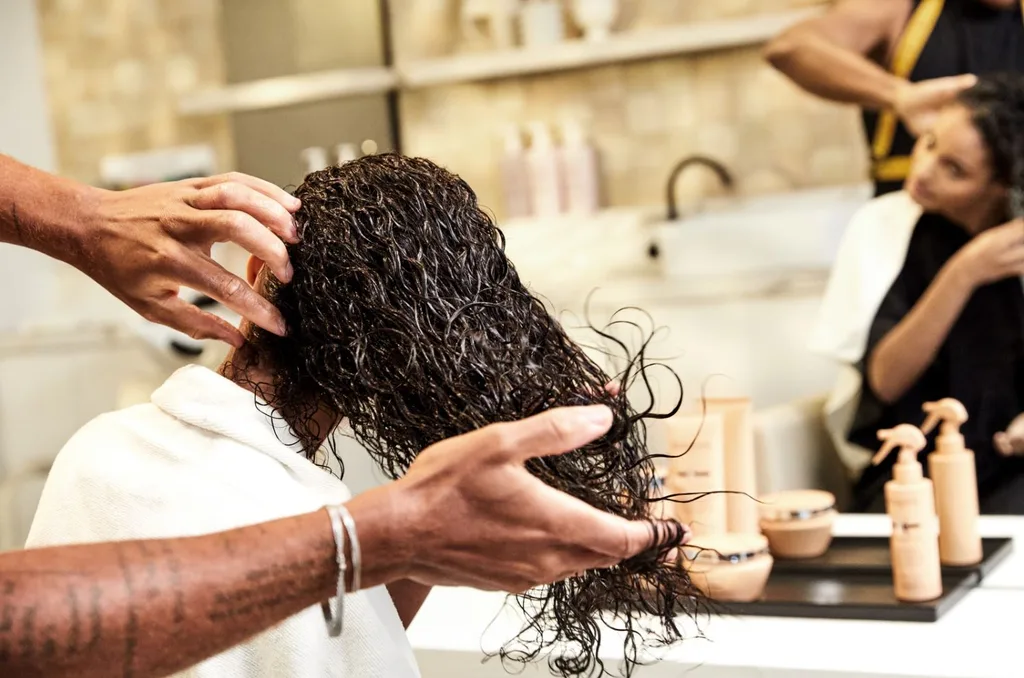
3. Curly hair is thirsty hair
Here’s one thing we know for sure: curly hair is thirsty hair, and if it doesn’t get the nourishment it craves, dryness can disrupt the curl pattern which results in frizz. So if you have curls, regardless of types, it’s time to amp up the hydration factor.
First item on the agenda? Invest in a deep conditioning mask to minimise frizz and add moisture. For curl types three and four in particular, using an extra-rich hair mask in place of a conditioner will strengthen your hair and keep your curls looking soft, defined, and tangle-free.
4. You can style your curls without touching a heat tool
Many curly haired counterparts will resort to curling irons to re-define curls and eliminate frizz, but you can achieve the desired look minus the heat (and damage). Ever heard of plopping? (It’s a technique that uses a cotton T-shirt to dry your wet curls in a mound on top of your head.) Plopping is just one at-home styling technique that will make your curls look soft and defined, no heat styling tool required.
Finger curls is another popular technique, along with overnight braids, twists and hair rollers. There are so many techniques to try and only experimentation will find the best method for you. Keep notes of what works and what doesn’t, and remember, the styling products you use to air-dry hair will likely be different to the products you use with a hairdryer.
Tip: Try more light-weight natural hold with air drying, so your curls don’t become crunchy. And stronger hold for hair-dryer styling.
Brought to you by Kérastase.


